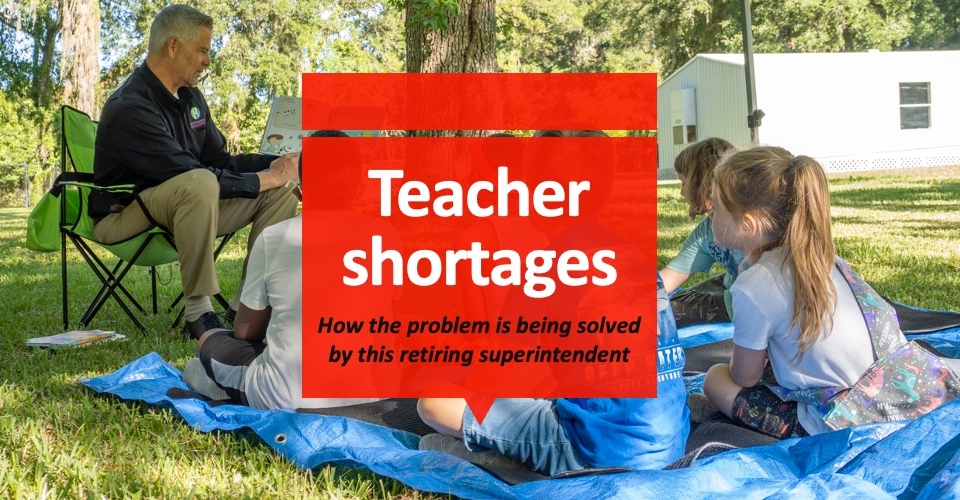Since 2016-17, the share of students meeting all or most of the ACT college readiness benchmarks has steadily declined reaching a historically low 31%. The data coincides with a decades-long argument that state testing provisions ought to be stripped from federal law. What could make it more effective?
A new analysis from the independent, solutions-oriented think tank FutureEd offers a way out of this “testing morass.” As of 2021-22, nearly 50% of parents say statewide assessments are “not helpful at all” in keeping their children on track for college.
“Some critics claim state tests take time away from teaching and learning without contributing enough to instruction and provide results too late in the school year to be useful to educators and families,” the report reads. “Others charge the tests are biased against students from diverse racial and ethnic backgrounds and fail to measure important skills beyond academic knowledge.”
But at the heart of the issue is a desire for state tests to serve two different and incompatible roles. The first: giving policymakers comparable information on student achievement. The second: providing detailed information to teachers and families for instructional improvement.
Unfortunately, it’s difficult to improve statewide tests without altering the federal accountability requirements fundamental to their use. FutureEd’s solution? A two-tiered testing model.
“Intentionally developing a system of state and local tests that share the same view of student learning could create a more coherent system of assessments than the current tangle of state and local measures,” the authors wrote. “The premise is that local and school-level transparency would drive behavior and the allocation of resources rather than high-stakes consequences.”
For clarification, state tests would prioritize aggregated data for policymakers and education leaders to monitor educational opportunities. Local and classroom-based assessments, a.k.a. second-tier assessments, would give teachers, students and families timely information.
TGIF Timesaver: What to expect from FAFSA; how to sustain ESSER
Teachers said state standardized assessments could prove more useful if they:
- Captured learning over time (46%)
- Were more accessible for unique learners (30%)
- Were more aligned with the curricula used in the classroom (26%)
- Leveraged technology to adapt to an individual student’s abilities as they progressed (15%)
- Came with more guidance on how to use test results to inform instruction (15%)
- Released results more quickly (12%)
- Were more culturally responsive (12%)
- Offered more guidance on how to use the results to communicate progress to parents (10%)
- Were more aligned with state standards (9%)
To see the rest of the data from this comprehensive report, click here.









